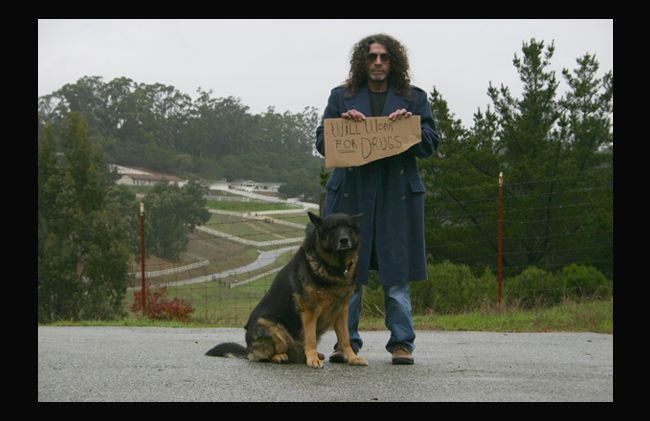http://projectcbd.org/
ABOUT CANNABIDIOL (and us)
Cannabidiol —CBD— is a compound in Cannabis that has medical effects but does not make people feel “stoned” and actually counters some of the effects of THC. After decades in which only high-THC Cannabis was available, CBD-rich strains are now being grown by and for medical users.
The reduced psychoactivity of CBD-rich Cannabis may make it an appealing treatment option for patients seeking anti-inflammatory, anti-pain, anti-anxiety and/or anti-spasm effects without disconcerting euphoria or lethargy.
Scientific and clinical studies indicate that CBD could be effective in easing symptoms of a wide range of difficult-to-control conditions, including: rheumatoid arthritis, diabetes, alcoholism, PTSD, epilepsy, antibiotic-resistant infections and neurological disorders. CBD has demonstrated neuroprotective effects, and its anti-cancer potential is currently being explored at several academic research centers in the U.S. and other countries.
The Story to Date
In the spring of 1998, the British government licensed a company called GW Pharmaceuticals to grow Cannabis and develop a precisely consistent plant extract for use in clinical trials. GW's co-founder Geoffrey Guy, MD, was convinced —and had convinced the Home Office— that by using CBD-rich plants, GW could produce a Cannabis-based medicine with little or no psychoactive effect. That summer Guy described his approach at a meetingof the International Cannabinoid Research Society. In addition to countering the psychoactivity of THC, Guy said, CBD conferred benefits of its own. Queen Victoria had used CBD-rich Cannabis for menstrual cramps. Indeed, animal studies suggest that CBD lessened anxiety and reduced the severity and frequency of seizures.
It was assumed that generations of breeding for maximum THC had reduced CBD in California cannabis to trace levels. GW had gotten its CBD-rich strains by acquiring the genetic library of HortaPharm, a Dutch seed company run by American ex-pat naturalists, David Watson and Robert Clarke. Tod Mikuriya, MD, founder of the Society of Cannabis Clinicians, expressed hope that "our Burbanks in the hills" would have preserved or could develop CBD-rich strains if and when an analytic test lab began serving the medical Cannabis industry.
As the years went by, more and more promising studies involving CBD were described at meetings of the ICRS, the International Association for Cannabinoid Medicine, and Patients Out of Time. California doctors kept abreast of the research and O'Shaughnessy's reported on it, but we were merely observers, not participants —until the fall of 2008, when Oakland's Steep Hill Laboratory began testing samples provided by Harborside Health Center.
Approximately one in 750 samples of Cannabis being grown for medical use is turning out to be CBD-rich. (For data collection purposes, "CBD-rich" has been defined as 4% or more by dry weight.) Doctors and patients now have a unique opportunity to evaluate its effects.
Read about recent developments in our CBDiary, a catch-all column for news generated by patients, doctors, dispensaries, growers, plant breeders, pharmacologists, the industry, the government —all the players— as the CBD story unfolds.

